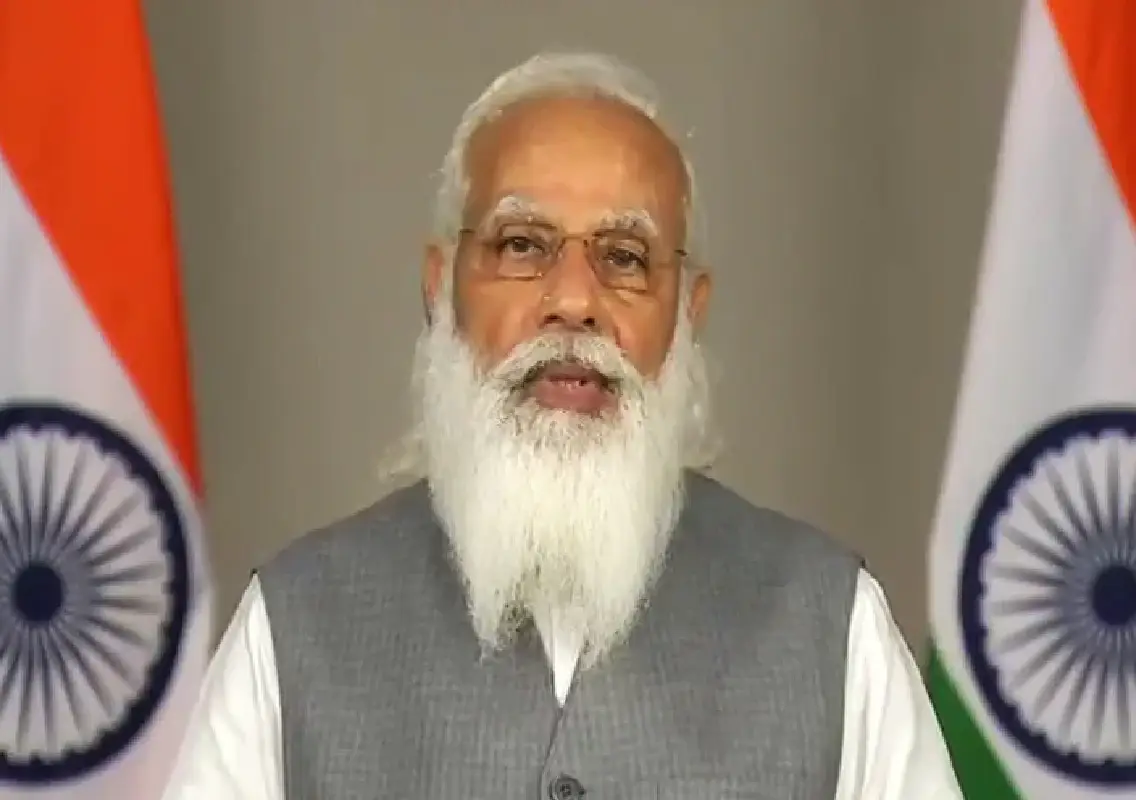By News Karnataka Editorial Team
Copyright newskarnataka

Protests turn violent after weeks of demonstrations
Known for its stark landscapes and strategic importance in South Asia, Ladakh had remained relatively calm for decades despite being surrounded by some of the most volatile borders in the world. That changed on September 24, when weeks of peaceful demonstrations culminated in deadly clashes, marking the worst unrest in the region since the late 1980s.
Four people died and dozens were injured after police opened fire when protesters set ablaze the local office of the ruling Bharatiya Janata Party (BJP), injuring security personnel. The Union Home Ministry claimed police acted in “self-defence” and blamed the violence on “provocative speeches” by climate activist Sonam Wangchuk, who has been leading the demonstrations since September 10 with a hunger strike. Wangchuk was arrested under the National Security Act on September 26 for allegedly inciting violence.
The escalation has sparked concerns about growing alienation in Ladakh, a region that historically aligned with New Delhi in times of conflict along the Line of Actual Control (LAC) with China and Pakistan.
Growing demands for autonomy
Dissatisfaction among Ladakhi people, especially the younger generation, has been building for years. Until 2019, Ladakh enjoyed semi-autonomy as part of Jammu and Kashmir. That year, the BJP-led government revoked its status, placing Ladakh directly under central administration.
Initially, many Ladakhis—including Wangchuk—accepted the change, unlike in Kashmir where dissent erupted immediately. But over time, residents realised that the new structure stripped them of control over land, jobs, and governance.
“People lost all autonomy. Decisions are now made by bureaucrats unfamiliar with Ladakhi culture,” said Mohommad Ramzan Khan, a Leh-based lawyer and member of the Leh Apex Body, which organised the protests. He added that despite massive government-backed industrial and tourism projects, unemployment remains high, and Ladakh’s fragile ecosystem is under threat.
Youth anger and a ‘Gen-Z revolution’
The protests, largely peaceful at first, intensified after two elderly hunger strikers collapsed on the 14th day of demonstrations. Thousands, mostly young people, thronged Martyrs Park in Leh.
“It was like a Gen-Z revolution,” said Khan. “The youth were frustrated with the slow, peaceful approach and turned more aggressive.” Protesters hurled stones, torched a police vehicle, and set fire to the BJP office.
Wangchuk, who had urged restraint, called off his hunger strike before being arrested. A curfew has since been imposed in several parts of Ladakh.
Tragic irony and shifting loyalties
Among the four killed was a 46-year-old soldier who fought in the 1999 Kargil war. His death has amplified the sense of betrayal among locals, many of whom have family members serving in the armed forces.
“There is a huge sense of disillusionment—not against the country, but against the administration,” Khan said. Critics argue that branding protesters “anti-national” risks further alienating a community that has long been vital to India’s defence efforts.
Meanwhile, Chinese state media has highlighted the irony of Wangchuk’s detention. The activist, known for inspiring the Bollywood hit 3 Idiots and for calling for boycotts of Chinese goods, is now being portrayed as a victim of democratic repression in India.
Geopolitical implications
Analysts warn that the unrest could carry consequences beyond India’s borders. “Ladakh is a militarised playground between two nuclear powers, with over 100,000 troops on each side of the LAC,” said Taiwan-based Indo-China analyst Aadil Brar.
Flanked by Aksai Chin under Chinese control to the east and Gilgit-Baltistan under Pakistan to the west, Ladakh sits at the heart of a sensitive geopolitical theatre. Brar noted that unrest and alienation in the region could weaken New Delhi’s leverage in this contested zone.
Conclusion: A fragile balance
For now, the border remains quiet. But the Modi government’s handling of Ladakh’s protests risks eroding goodwill in a region long seen as a loyal frontier. As demands for autonomy intensify, the challenge lies in balancing development, ecological preservation, and the aspirations of Ladakhi youth—all while maintaining stability in one of the most militarised regions in the world.



